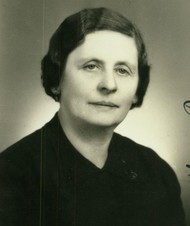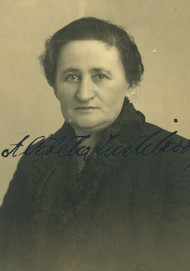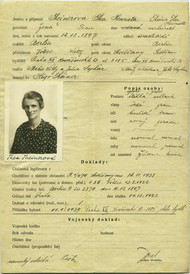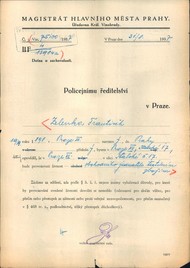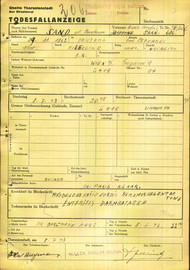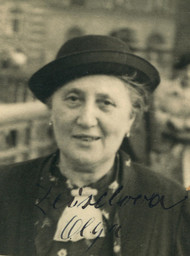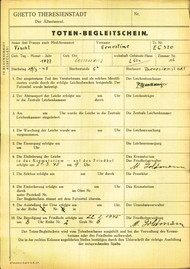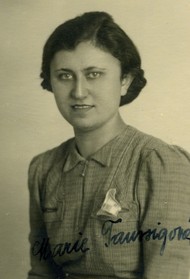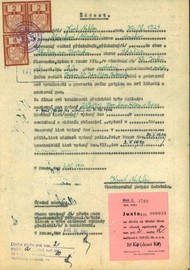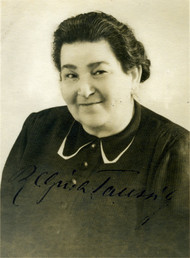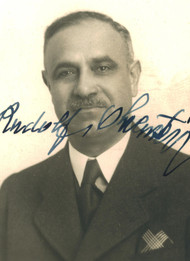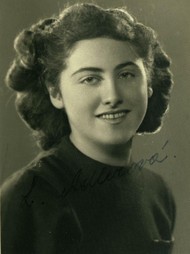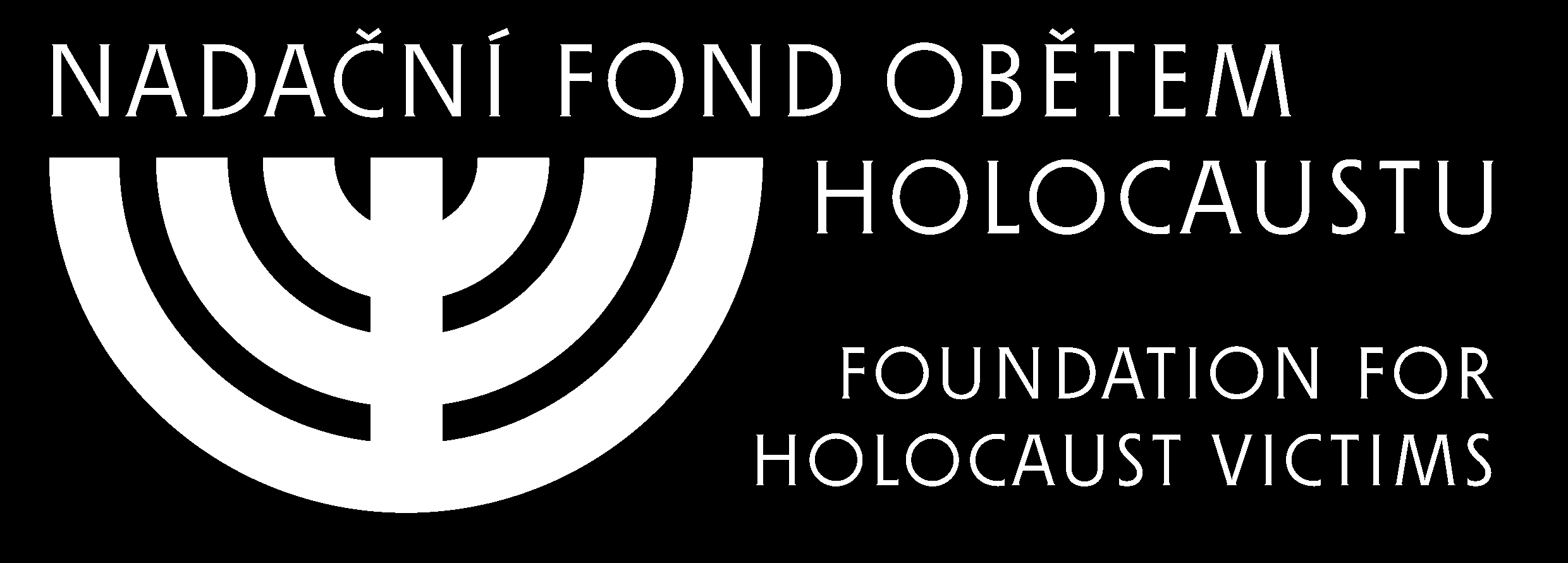By late 1944 and early 1945, the Nazi military force was collapsing, and Nazi troops were forced to retreat on all fronts. Although it was clear that Nazi Germany was facing defeat, thousands of concentration camp prisoners were still dying. The monstrous machinery of the final solution
kept running until the last moment, although the extensive empire of Nazi concentration camps had already collapsed. The Nazis were already trying to cover over the traces of their crimes. In 1943, they liquidated evidence of the mass murder in Operation Reinhard, in Treblinka, Sobibor, Belzec and Majdanek. In October 1944, on Himmler's orders, traces of the murder at Auschwitz were destroyed, and the gas chambers blown up. Auschwitz was liberated by the Red Army on the 27th of January 1945.
The saddest chapter of the end of the war were the death marches
from the concentration camps, which were gradually being closed and evacuated ahead of the Allied troops' advance. The Nazis did not want the concentration camp prisoners to be liberated by the advancing Allied troops. The death marches took place from summer 1944 until the last days of the German Reich, in May 1945. Prisoners were forced to walk in inhuman conditions, often in freezing weather with insufficient clothes and food, covering the large distances to the destination camps. Many of them were murdered by SS supervisors on the way. Some were also evacuated by rail, in overcrowded wagons with no food or water.
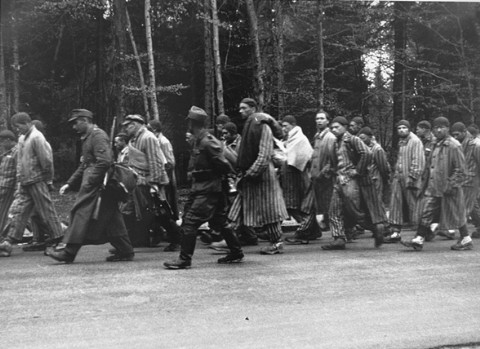
The death march from Dachau, 29th of April 1945. (Photo: KZ Gedenkstaette Dachau, courtesy of USHMM Photo Archives.)
On the 8th of November 1944, a death march started from Budapest. During the month-long march, 76 000 Jews were sent in the direction of the Austrian border. Thousands of them were shot on the way, or died of illness and hypothermia. At the Austrian border they were taken over by the SS and sent to various concentration camps, above all Mauthausen. On the 18th of January 1945, death marches were launched from the evacuated Auschwitz, with 66 000 prisoners having to walk to Wodzisław where they were put into trucks and taken to other camps, mostly Gross-Rosen, Buchenwald, Dachau and Mauthausen. At least 15 000 prisoners died on this march. There were also extremely cruel death marches from the other large concentration camps - Stutthof, Gross-Rosen, Buchenwald and their auxiliary camps. It is estimated that in mid-March 1945 over 700 000 people were still imprisoned in Nazi concentration camps, 200 000 of them women. Approximately 15 000 exhausted prisoners were also driven into the ghetto in Terezín in April and May. However, this was only a small part of those who were driven out on the death marches - mostly from Flossenbürg, Buchenwald and their auxiliary camps. From Rehmsdorf, for example - an auxiliary camp for Buchenwald - 4 340 Jews set out on a death march on the 13th of April 1945, but only 500 of them reached their goal, the Terezín ghetto.
The death marches continued until literally the last moment of the German Third Reich
. Approximately a quarter of a million prisoners were killed during these marches, or died in unbearable conditions of hunger, cold and illness.


